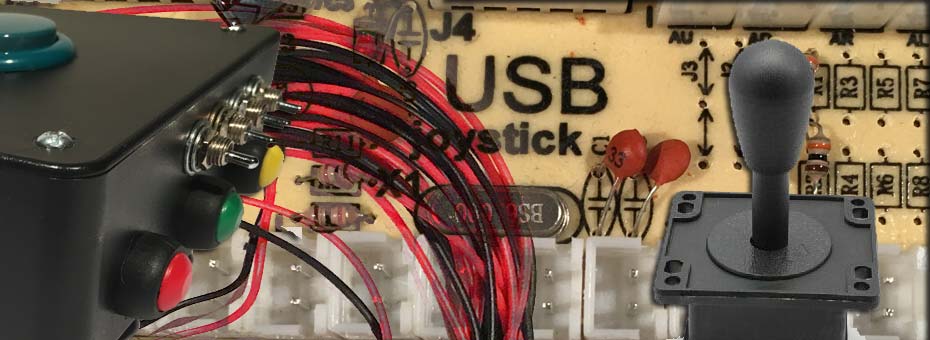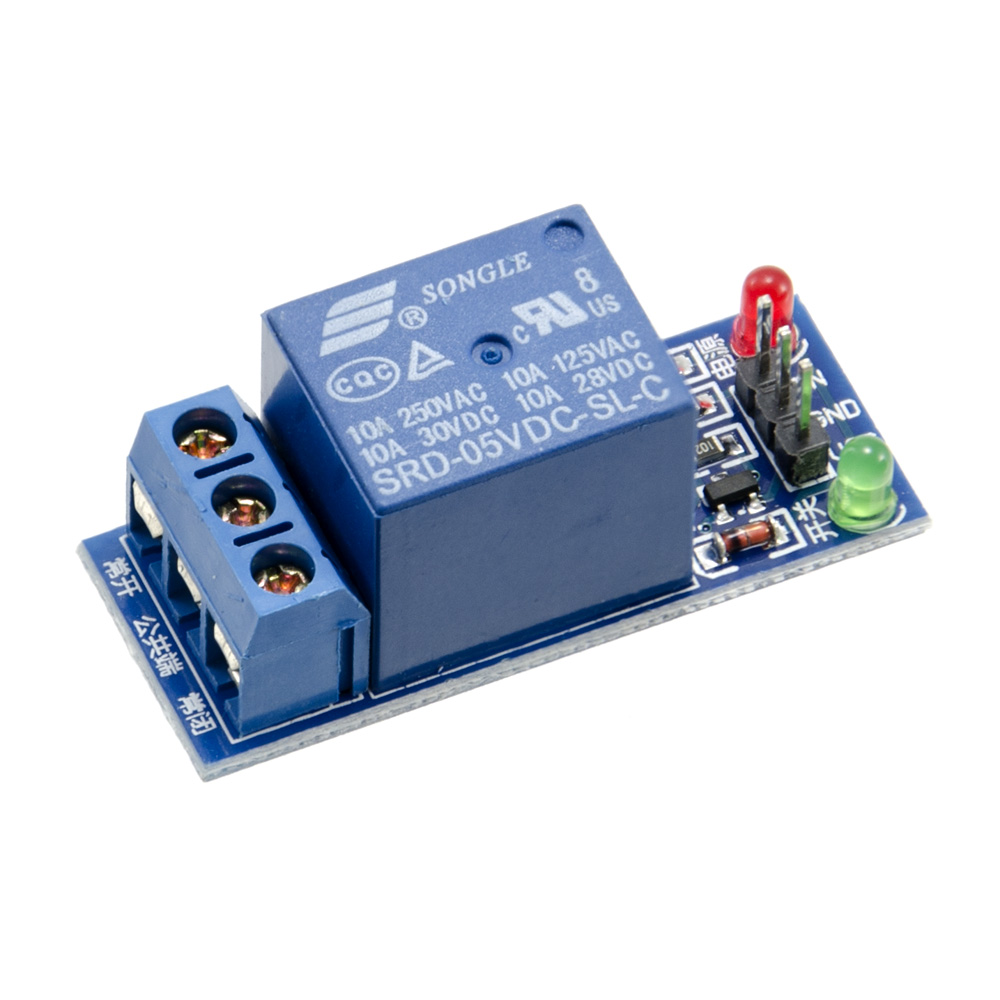virtualmark
New Member
Help wanted please. Total newbie here and seeking advice.
Currently building an arcade machine of sorts and I have acquired an ARC controller (https://core-electronics.com.au/usb...qtuO9ud5Jo9YaGlWF3hRv2SymmskkF-caAoPnEALw_wcB
And IR beam break sensors (https://core-electronics.com.au/ir-break-beam-sensor-5mm-leds.html)
the break beam sensors are an open collector.
I want to wire them in to my IPAC game controller above as a button press and I am stumped.
I am sure this may be easy for someone but I have limited knowledge.
I have read I need a resistor on the signal wire if my board doesn’t have a pull up resistor
I’m not sure how I would wire up my one signal wire coming from the IR to my two board wires coming from the button connector so that it will register a button press when the IR beam is broken. ??
I have wired up the IR to the 5v sockets at the top of the boards (red sockets) and tested them but I am not even sure if this is how i would keep it?
Sorry if this post seems rushed it is written out of desperation.
Thanks in advance


Currently building an arcade machine of sorts and I have acquired an ARC controller (https://core-electronics.com.au/usb...qtuO9ud5Jo9YaGlWF3hRv2SymmskkF-caAoPnEALw_wcB
And IR beam break sensors (https://core-electronics.com.au/ir-break-beam-sensor-5mm-leds.html)
the break beam sensors are an open collector.
I want to wire them in to my IPAC game controller above as a button press and I am stumped.
I am sure this may be easy for someone but I have limited knowledge.
I have read I need a resistor on the signal wire if my board doesn’t have a pull up resistor
I’m not sure how I would wire up my one signal wire coming from the IR to my two board wires coming from the button connector so that it will register a button press when the IR beam is broken. ??
I have wired up the IR to the 5v sockets at the top of the boards (red sockets) and tested them but I am not even sure if this is how i would keep it?
Sorry if this post seems rushed it is written out of desperation.
Thanks in advance



